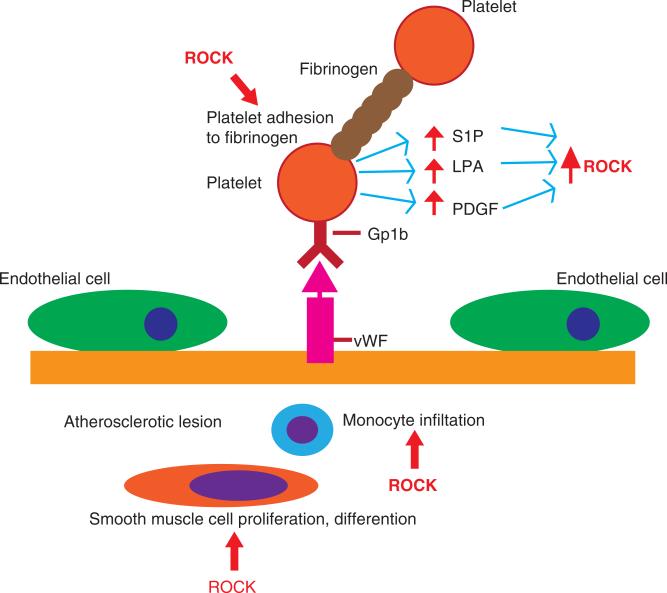Figure 1. The role of ROCKs in thrombus formation and inflammation at neurovascular bed.
Thrombus formation is initiated by adhesion of platelet to damaged blood vessels through interaction between platelet receptor GP1b to vWF. Fibrinogen activates platelet aggregation. Several collagen-binding proteins regulate subsequent collagen-induced adhesion and aggregation. Thrombus formation is also triggered by atherosclerosis which is marked by monocyte infiltration and smooth muscle differentiation and proliferation. ROCKs affect thrombus formation at multiple points. ROCKs regulate assembly of the platelet actin cytoskeleton and induce platelet adhesion to fibrinogen. ROCKs stimulate monocyte infiltration and smooth muscle cell proliferation at the atheroscleoric lesion. Activated platelets also secrete pro-inflammatory factors such as LPA, PDGF and S1P which activate ROCKs.

